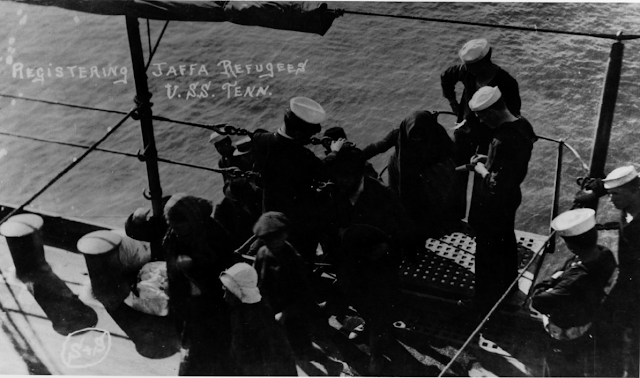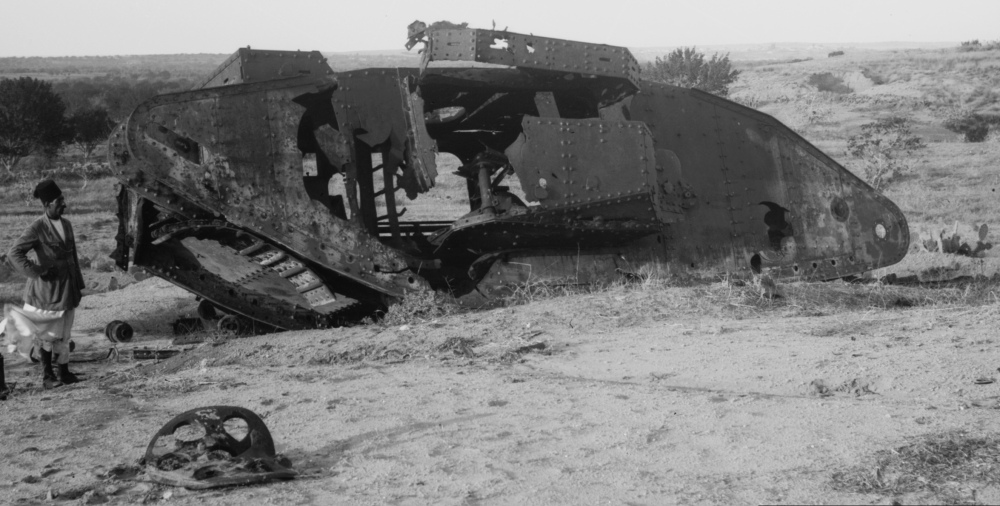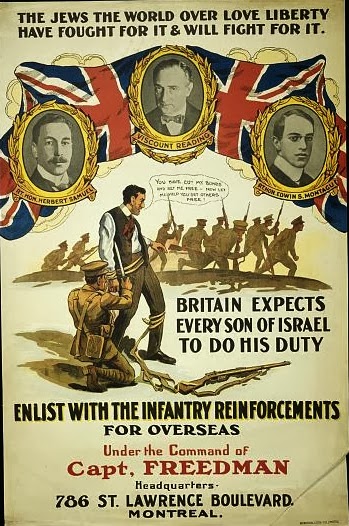(Central Israel) -- An American tourist is dead, his wife is badly wounded, an Israeli man has been critically wounded, and many more have been injured in a fresh wave of terror attacks in Jerusalem, the port city of Jaffa near Tel Aviv, and the West Bank in the last 48 hours.
The American has been identified as
Taylor Force, a 29 year old graduate student at Vanderbuilt University, a U.S. Army veteran who graduated from West Point, and a native of Lubbock, Texas. Taylor's wife, who was visiting Israel with him, was also reportedly severely wounded in the stabbing attack in Jaffa.
Please be praying for the Lord to restore calm and order, for healing and comfort for the victims and their families, and wisdom for Israeli and Arab leaders. Please also share this article with others and mobilize them to pray, as well.
"In all, twenty-nine Israelis and four foreign nationals have been killed in a wave of Palestinian terrorism and violence since October,"
reported the Times of Israel. "Some 180 Palestinians have also been killed, around two-thirds of them while attacking Israelis, and the rest during clashes with troops, according to the Israeli army."
After a severe wave of terror attacks across Israel and the West Bank last Fall, things have actually been noticeably quieter here in recent months. But these attacks have suddenly shattered the relative calm. See below for the latest developments.
The brutal attacks coincide with the arrival of Vice President Joe Biden in Israel on Tuesday afternoon in a bid to re-start peace talks between Israelis and Palestinians. The VP met with former Israeli President Shimon Peres late Tuesday afternoon, just blocks from where the attack on the American tourist was occurring. Today, the VP is meeting in Jerusalem with Prime Minister Netanyahu and later with Israeli President Reuven Rivlin. Later today, Biden will head to Ramallah to meet with Palestinian Authority President Mahmoud Abbas.
Tomorrow, Biden heads to Jordan to meet with King Abdullah II. On Monday, the VP was in the United Arab Emirates.
THE FIRST ATTACK ON WEDNESDAY: "The first attack took place on Golda Meir Boulevard in the Jerusalem neighborhood of Ramot where shots were fired on an Egged bus,"
the Jerusalem Post reported. "Passengers reported seeing two men in a car who opened fire on the bus. A citizen, noticing the commotion, exited his car and ran towards the scene and fired his weapon. The terrorists fled the scene. Three people were lightly injured in the attack and were transferred to the Shaare Zedek Medical Center in Jerusalem. Several people were treated for shock at the scene."
THE SECOND ATTACK ON WEDNESDAY: "Shortly following the bus attack, an additional shooting attack was reported near the New Gate in Jerusalem's Old City," reported the Post. "MDA paramedics at the scene treated a man in his 50s who was listed in critical condition with bullet wounds to his upper body. The victim was evacuated to Hadassa University Medical Center on Jerusalem's Mount Scopus. Two terrorists were shot and killed by security forces."
THE THIRD ATTACK ON WEDNESDAY: "In the third attack of the morning, a terrorist attempted to stab a soldier at the Salfit checkpoint near the settlement of Ariel in the West Bank according to the IDF spokesperson," the Post added.
THE TERROR ATTACKS IN JAFFA ON TUESDAY: "An American tourist was killed and at least 10 people were injured
Tuesday evening when a Palestinian man carried out a stabbing spree in Jaffa,"
reported the Times of Israel. "Five of the injured were described as being in critical condition. The terrorist stabbed his victims in at least three locations in an attack that lasted some 20 minutes."
"The American fatality was later identified as 29-year-old Taylor Force, from Lubbock, Texas, a graduate student at Vanderbilt University," the Times reported.
"Tel Aviv’s Ichilov Hospital said it received six victims, one in critical condition, two in moderate condition and two suffering from lighter wounds. The hospital’s medical director confirmed that one of the victims was a pregnant woman. Another of the victims was an Arab Israeli — Jaffa is a mixed city with a sizable Arab population — and one a Palestinian man who was residing in Israel illegally, police reported."
"It was the third serious attack of the day, coming on the heels of a stabbing in Petah Tikva and a shooting in Jerusalem," the Times noted, adding that "the Hamas terror group released a statement praising the attacks as 'heroic operations' and saying they prove that the wave of violence that began in October has not ended."
“Hamas celebrates the martyrs that have ascended through these operations, and confirms that their pure blood will, God willing, be the fuel for escalating the intifada,” the group wrote on its website.
"Before Tuesday, twenty-nine Israelis and three foreign nationals had been killed in a wave of Palestinian terrorism and violence since October," reported the Times.
————————–
——————-




























